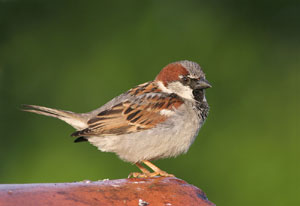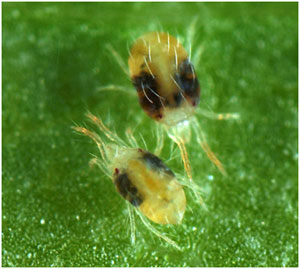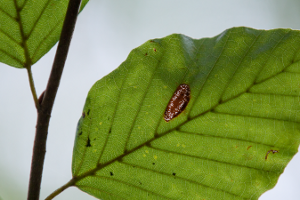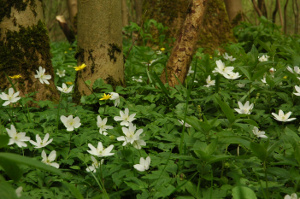
Temperate passerines
There is a long tradition of using temperate passerines, and in particular hole-nesting species, as animal models in ecology. Whereas early studies mainly focused on reproductive ecology and population dynamics and regulation, more recent ones deal with neutral and functional genetics, behavioral endocrinology, social behaviour, nutritional ecology and passerine-parasite interactions. We conduct multidisciplinary studies on House sparrows (Passer domesticus) to evaluate effects of urbanization, and on Great tits (Parus major) to quantify foodweb dynamics in spatially-structured forests.

Gulls
The functional causes of life history trade-offs have been a topic of interest to evolutionary biologists for over six decades. In migratory species, however, such trade-offs may remain masked as often only life-history strategies in the breeding or wintering sites are known. We study longitudinal and year-round life-history strategies in a short-distance (Herring gull, Larus argentatus) and medium-distance (Lesser black-backed gull, Larus fuscus) migratory species that breed in mixed colonies along the Flemish coast.

Tropical passerines
The rate of reproduction, age at maturity and longevity vary widely among bird species, and most of this life-history variation falls on a slow–fast continuum. Tropical passerines typically rear fewer offspring per brood than their temperate counterparts, possibly through internal physiological constraints for which genetic variation and the possibility of adaptive modification do not exist. We study ecological and evolutionary consequences of habitat fragmentation in a suite of rainforest passerines across eastern Africa, with a particular focus on the cloud forest community of the highly-fragmented Taita Hills of SE Kenya.


Insects
Insects are because of their intriguing diversity in species and strategies excellent models in ecological research. We study diverse groups of insects to unravel mechanisms of metapopulation and metacommunity structuring, plant associated foodwebs and speciation. While most research involves more classical research methods, we continue to integrate novel genomic and other molecular approaches in our research agenda.

Arachnids
Our research group has a long-standing tradition in arachnological research. While earlier research emphasized on spider community structure, we gradually shifted to the study of spiders from a micro- and macroevolutionary point of perspective by using diverse quantitative genetics and novel molecular techniques. We have built international expertise in using spiders as model organisms in community ecology, dispersal ecology, ecotoxicology and bio-indication. We recently developed the use of spider mites as model species in experimental evolution, a.o. for testing the impact of range shifting and metapopulation dynamics on life history and dispersal evolution.

Forest trees

Forest understory plants
Because trees are the main vegetation elements structuring forests, studying their growth and regeneration is crucial to understand patterns and processes of (re)forestation. Research has been carried out on selected tree species in Afrotropical forests, based on their ecological, cultural and economical importance.
Virtual model species
One of the major advantages of modelling is that we do not constrain ourselves to some taxa for which we have sufficient experience to experiment. Instead, we develop virtual species that vary according to the principal axes of life history variation and spatial use. However, we strive to integrate our modelling initiatives with empirical research and therefore simulate dynamics typical for annual plants, insects and birds.